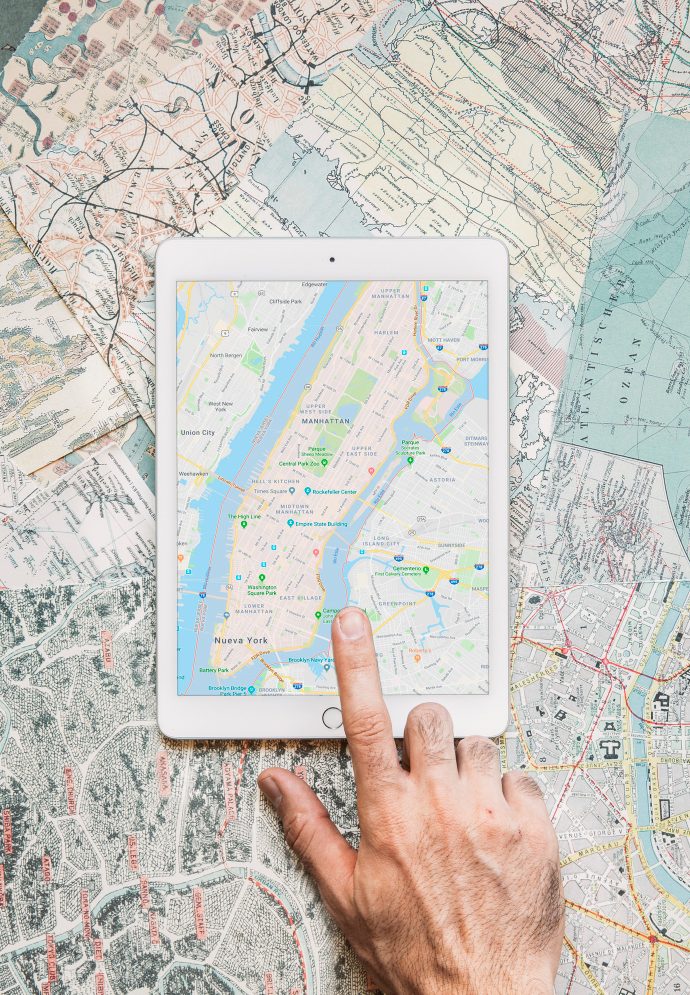Get Driving Directions
Calculate Distance
Live Traffic
Multiple Stops
Plan Route
The Origin of Route Planners
The idea of a Route Planner dates back to the early days of road navigation. Early forms of Route Planners were simple maps or directions to show the user how to get from one place to another. Unfortunately, these maps and descriptions were often inaccurate and incomplete, leading to many misunderstandings and errors. So, the history of Route Planners dates back to the 1960s, when the U.S. Department of Defense developed a navigation system called GPS (Global Positioning System). In the following decades, the GPS system was further developed and finally made available for civilian purposes.
With the development of computers and the digitization of maps, it became possible to develop complex algorithms to calculate routes automatically. However, the first Route Planners were still very primitive and could only perform simple calculations based on the assumption that the user would follow the route without interruptions and changes.

In the 1990s, the first companies began to develop Route Planners for the mass market. One of the first companies was MapQuest, which launched its first Route Planners in 1996. The MapQuest Route Planners was successful, and quickly became the leading online Route Planners. Other companies like Google and Yahoo quickly followed with their own Route Planners. These early Route Planners used digital maps and algorithms to calculate routes. However, they were still relatively inaccurate and could not consider road traffic dynamics and changes.
GPS technology and real-time data development have revolutionized Route Planners in recent years. With the availability of GPS data and traffic data, modern Route Planners can now use dynamic, real-time information to provide accurate route recommendations. In addition, modern Route Planners can suggest alternative routes to avoid traffic jams or other delays.
The technology behind Route Planners has evolved greatly over the years and is now an essential part of modern navigation. Route Planners are now used on smartphones, tablets, car navigation systems, and many other applications. In addition, the use of artificial intelligence and machine learning in the technology behind Route Planners is expected to increase in the coming years, leading to even more precise and accurate navigation.